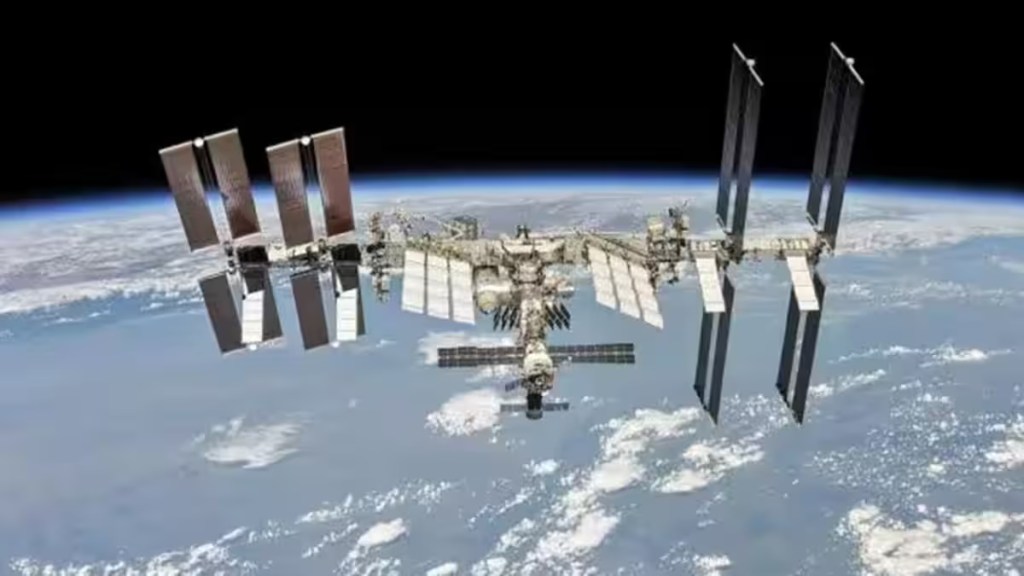NASA Administrator Bill Nelson is embarking on a visit to India and the United Arab Emirates (UAE) for crucial meetings with government officials and space authorities. The discussions will center on fostering bilateral cooperation in various domains of innovation and research, with a particular emphasis on human exploration and Earth science.
In India, Nelson will focus on the United States and India initiative on Critical and Emerging Technology, led by President Joe Biden. During his visit, he will explore several locations, including facilities in Bengaluru, where the NISAR spacecraft is undergoing testing and integration.
NISAR, short for NASA ISRO Synthetic Aperture Radar, is a groundbreaking Earth-observing instrument, marking the first satellite mission collaboration between NASA and the Indian Space Research Organization (ISRO). Scheduled for launch in 2024, NISAR will revolutionize our understanding of Earth by measuring changing ecosystems, dynamic surfaces, and ice masses, providing vital information on biomass, natural hazards, sea level rise, and groundwater.
NISAR will provide insights into dynamic ecosystems, such as forests, wetlands, and agricultural lands, on a consistent basis, capturing comprehensive data every 12 days.
The payload, encased in gold-colored thermal blanketing, boasts a cylindrical structure housing two essential radar systems. The S-band radar is designed to unravel crucial details about crop structure and land/ice roughness, while the L-band instrument focuses on penetrating dense forest canopies to study intricate tree trunks. With wavelengths measuring approximately 4 inches (10 centimeters) and 10 inches (25 centimeters) for S-band and L-band, respectively, these sensors exhibit an exceptional ability to collect data day and night, surmounting cloud-related impediments that hinder other observation methods.
The journey of NISAR’s payload unfolds as an account of collaboration and innovation. The S-band radar, crafted at the Space Applications Centre in Ahmedabad, India, embarks on a transformative journey to NASA’s Jet Propulsion Laboratory (JPL) in Southern California. There, in tandem with the L-band radar developed by JPL engineers, these two systems are seamlessly integrated into the payload’s robust framework. The subsequent leg of the journey leads the payload to the U R Rao Satellite Centre (URSC) in Bengaluru, where engineers and technicians collaborate with JPL teams to put life into the spacecraft’s main body, known as the “bus.” Covered in protective blue blanketing, the bus merges components and systems contributed by both ISRO and JPL, assuming a pivotal role in powering, navigating, controlling, and communicating during the mission.
NISAR stands as a revolutionary testament to the collaborative synergy between NASA and ISRO. This mission marks the first-ever joint hardware development initiative between the two esteemed space agencies, amalgamating their respective talents to unravel the secrets of our planet. According to an official NASA statement, JPL, managed by Caltech for NASA, leads the US component by providing the mission’s L-band Synthetic Aperture Radar (SAR) and other essential contributions. NASA and URSC contribute additional vital elements, including the radar reflector antenna, deployable boom, communication subsystem, GPS receivers, solid-state recorder, payload data subsystem, spacecraft bus, S-band SAR electronics, and the launch vehicle. Together, these elements compose the symphony of innovation propelling NISAR toward unprecedented scientific achievements.
In the area of space exploration, a significant stride towards strengthening cooperation is witnessed through the recently signed Artemis Accord between India and the United States. This groundbreaking agreement signifies a substantial boost to collaborative efforts in the field of space exploration. The Artemis Accord solidifies the shared commitment of both nations to advancing scientific discovery, sustainable lunar exploration, and future crewed missions to the Moon and beyond. By uniting forces under this historic accord, India and the US pave the way for enhanced knowledge exchange, technological advancements, and joint endeavors that will shape the future of space exploration for generations to come.


